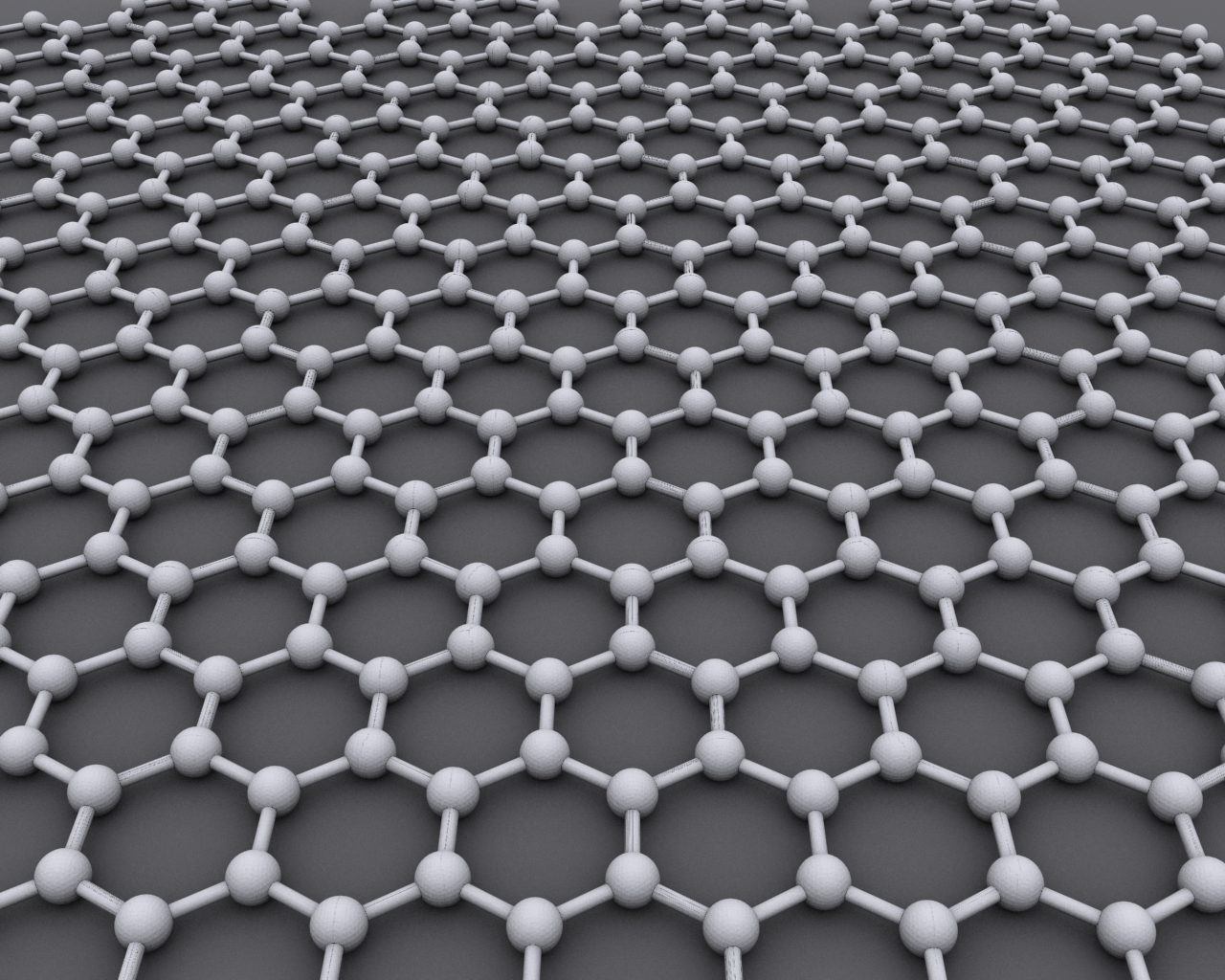Carbon. What ideas are associated with that word? Coal? Diamonds? CO2 pollution? Organic Chemistry? How about miracle material?

Carbon in its diamond form
Source: Lac16 on Flickr
Carbon atoms can be arranged in different ways. If they are arranged in a specific way, they are known as diamond. If they are arranged in sheets, they are known as graphite (pencil lead). As you know, there’s a huge difference between diamond and graphite. Diamond is transparent and super hard whereas graphite is soft and black. So how does this have anything to do with miracle material?
A single sheet of carbon atoms is known as graphene. Since it’s an atom thick, it’s the world’s first two dimensional material. Graphene used to be very difficult to make. Scientists had to slowly remove layers of carbon from graphite until it became graphene (known as exfoliation). However, two scientists accidentally discovered a cheap way to make graphene. After cleaning some graphite rock with scotch tape, they found graphene on the tape. Their resulting work on graphene won them the Nobel Prize in Physics.
So what if graphene is 2D? Well being 2D is not the only special property of graphene. A paper published in nature describes how it is super strong, flexible, transparent and super conductive. Graphene is harder than diamond, stronger than steel, and is many, many times more conductive than copper. What does this mean?

Graphene, a single layer of carbon atoms
Source: CORE-Materials on Flickr
Due to the many properties of graphene, it can be used in many different ways. Since it is transparent and highly conductive, it can be used to improve touchscreens in our electronic devices. It can also be used in the development of small sensors for detecting glucose levels or cholesterol in the human body. Since graphene can hold electrons, it can also act as a battery that charges in a few seconds. All in all, it has a huge amount of potential. Plus, it’s biodegradable.
Recently, graphene has been found to absorb infrared light. This means that it can function as a night vision light detector. And what’s more, it can be placed into contact lenses! With all of these properties, graphene really deserves the nickname miracle material.
– David Ng
